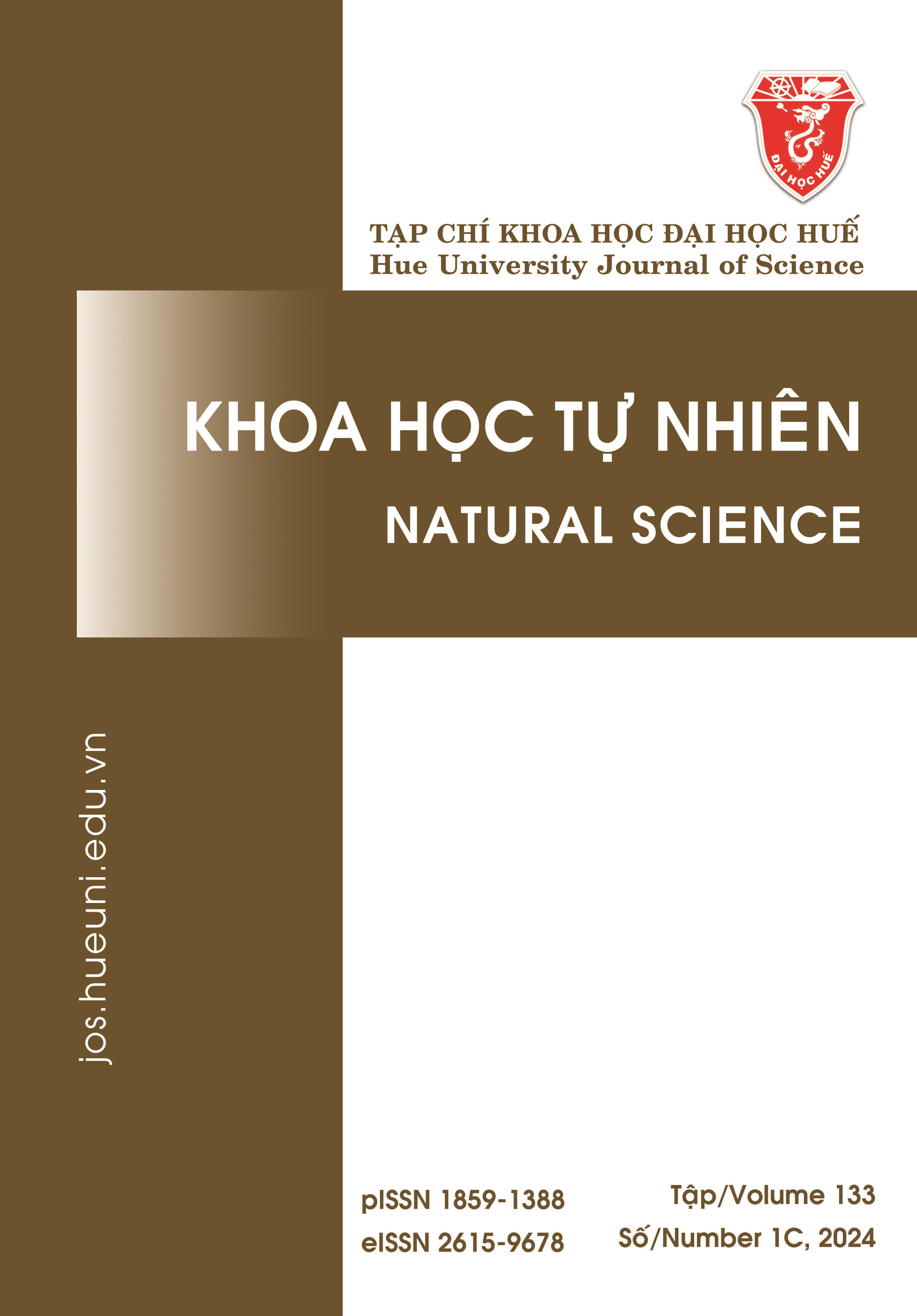Abstract
MoS2/TiO2 nanoflakes (NFs) have been synthesized using the spin-coater and hydrothermal method at a temperature of 180 oC for photoelectrochemical application. The thick-MoS2 nanoflakes are about a few nano to tens of nano for 4 – 8 h, which consist of highly active sites at edges and planes to improve photoconversion efficiency. XRD pattern of MoS2/TiO2 NFs showed both hexagonal and anatase phases for MoS2 and TiO2, respectively, with a high crystal quality. At room temperature, the photoluminescence spectra of MoS2 NFs exhibited an asymmetric shape and good emission peak at 688 nm. The photoelectrochemical cell of the MoS2/TiO2 nanostructure obtained a photocurrent density of 3.5 mA. cm–2 at –0.8 V (vs. SCE), using 0.5 M H2SO4 electrolyte. As a result, we propose a potential fabrication of high-efficiency optoelectronic devices through the synthesis of MoS2 NFs hybrid with traditional photocatalyst oxide materials by the one-step hydrothermal approach.

This work is licensed under a Creative Commons Attribution-ShareAlike 4.0 International License.
Copyright (c) 2024 Array





